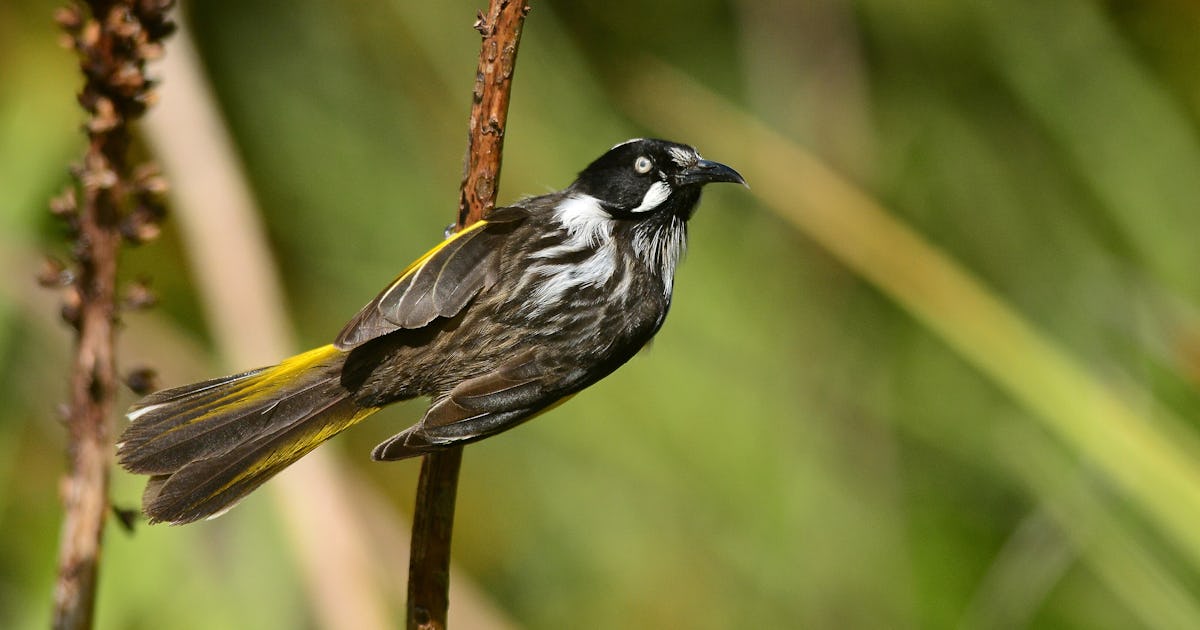White-eyed Honeybird – a relatively common species in southern Australia.
Many birds and insects prefer to have a fairly small area to move around in. They want a nesting place and food nearby. But what happens if they have to move from there? For example, because cats have moved into the area, there are too many competitors or because the space is being exploited? Then another suitable habitat is needed within a reasonable distance for these species to survive. In cities, with their roads and large hard surfaces, this can be a problem.
In a new study from Melbourne, Australia, researchers looked at different ways to enhance this connectivity between different habitats – for example through green corridors or small patches of suitable places (so-called “stepping stones” or stepping stones).
Parking spaces have been converted on a trial basis.
They tested three different scenarios where parking lots were converted into green areas to create suitable habitats for urban animals.
– Although the scenario that increased the number of converted parking spaces was the best, we showed that “targeted green spaces” produced the strongest connectivity outcomes per unit of converted surface area. Improvements in connectivity were twice as high per unit when conversion was targeted at sites identified as potentially critical barriers to movement at the landscape level. Our research underscores the benefit of strategically targeted investments in green infrastructure to support biodiversity in cities, the researchers wrote in their study.
Best quality and quantity
The study examined the effects on white-eyed honeyeaters, blue-banded bees and mole crickets. But expanding green spaces in cities also has many positive effects on people. Among other things in the form of health improvements, not least for our children, but also in reducing the risk of flooding and reducing the risk of dangerous temperature rises.
“We show that adding small patches of habitat to urban landscapes can have profound consequences for bird and insect conservation, beyond a simple increase in habitat availability. These patches can serve as stepping stones and facilitate the movement of species across a fragmented environment. For birds, even small green areas can provide important resources such as foraging opportunities and protection from predators,” the researchers explained.
In other words, well-thought-out work, based on knowledge of both the local animal life and public health, can provide significant advantages in cities.
Read more about the importance of green spaces in cities.
source: Conversation And Landscape and Urban Planning

“Unapologetic writer. Bacon enthusiast. Introvert. Evil troublemaker. Friend of animals everywhere.”







More Stories
More than 100 Republicans rule: Trump is unfit | World
Summer in P1 with Margrethe Vestager
Huge asteroid approaching Earth | World